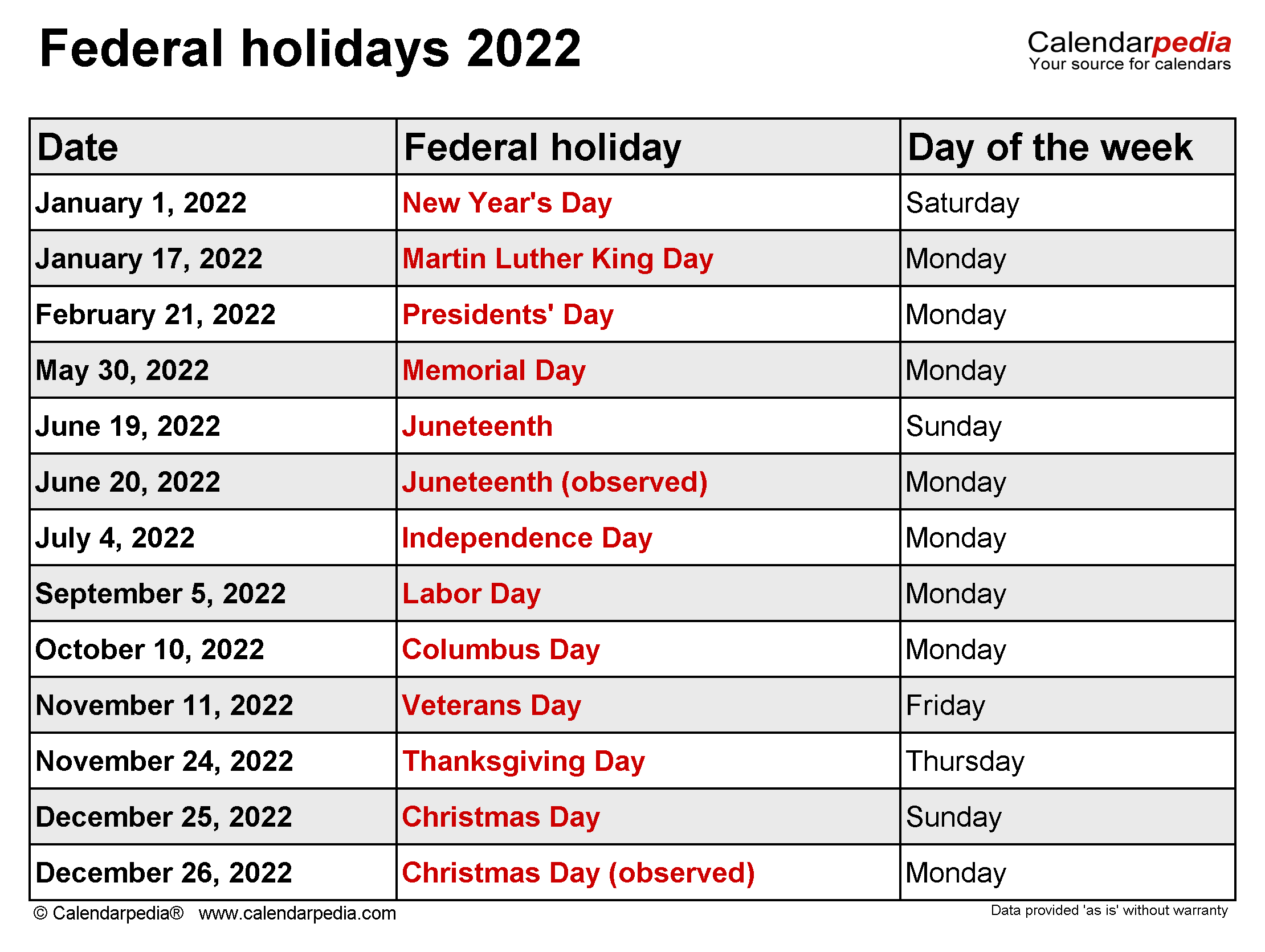

One reason that interest rates have risen much further than most forecasters (including us) anticipated is that the U.S.

This is by design-the Fed must rein in spending in order to bring inflation down. This is causing a slowdown in spending in housing and other sectors of the economy. The 30-year mortgage rate reached 7% at one point in November 2022, the highest in over 20 years. Higher interest rates have meant higher borrowing costs for consumers and businesses. The United States (and many other countries) had experienced a decade of low interest rates after the 2008 crisis and the Great Recession, but many investors are now wondering whether that era has ended for good. It’s done this by hiking the federal-funds rate and other measures, which has driven interest rates to levels not seen since the late 2000s, before the global financial crisis. The Fed has pushed interest rates higher for more than a year in order to quash high inflation. Why Have Interest Rates Increased So Much in 20? Once the Fed wins the war against inflation, it will shift to cutting interest rates in order to get the economy moving again. In our latest Economic Outlook, we detail that although a recession in the next 12 months remains a serious possibility (about a 30% to 40% chance), it should be short-lived if it occurs. Wondering what’s in store for interest rates?Īlthough the Federal Reserve continues its campaign of hiking interest rates-and economic turbulence persists-our long-term optimism about gross domestic product and inflation remains largely unchanged.


 0 kommentar(er)
0 kommentar(er)
